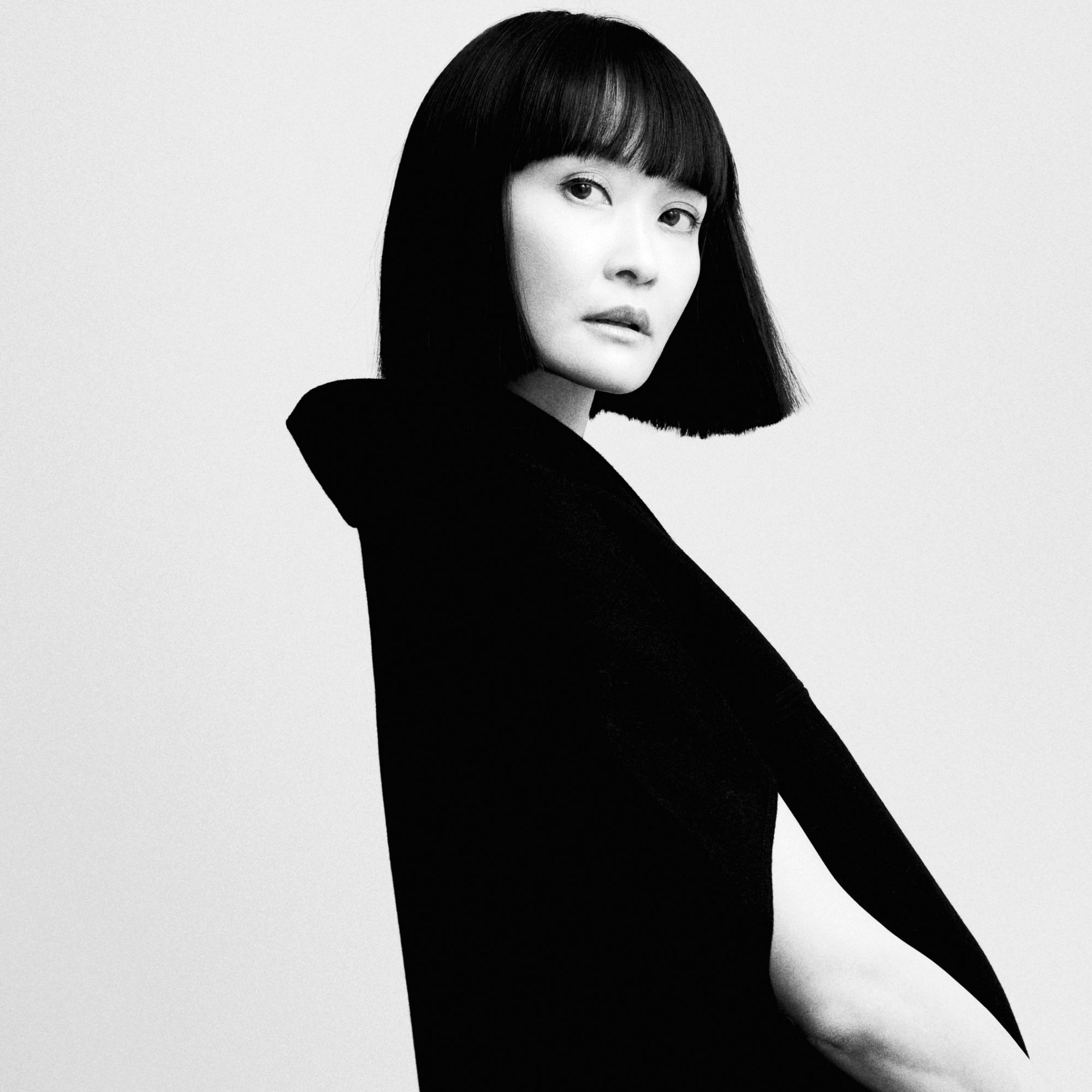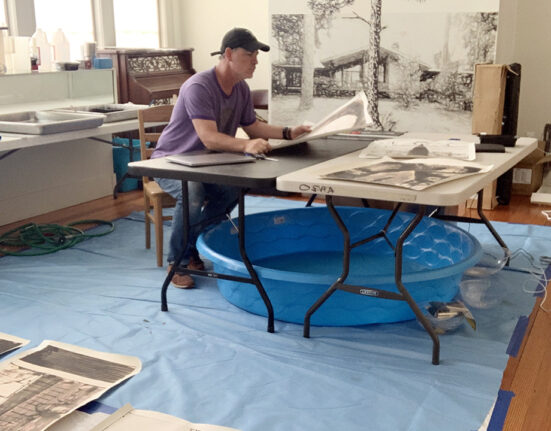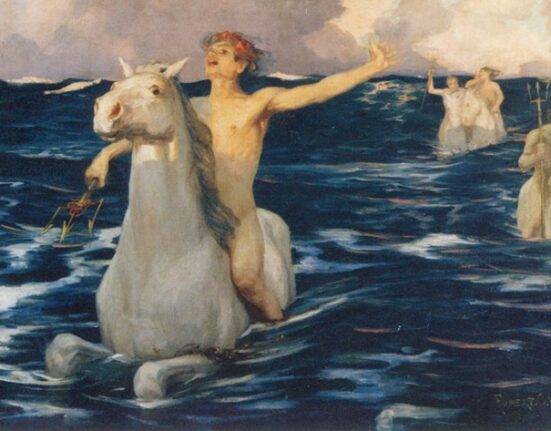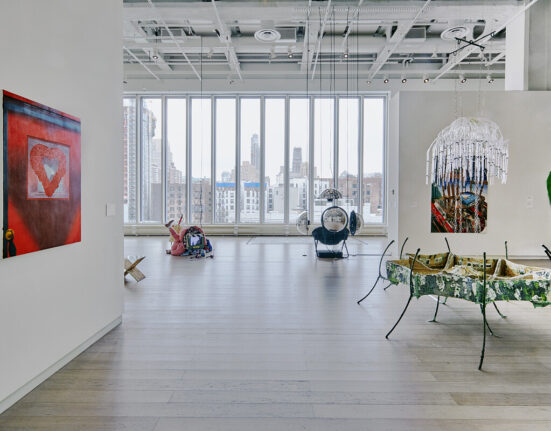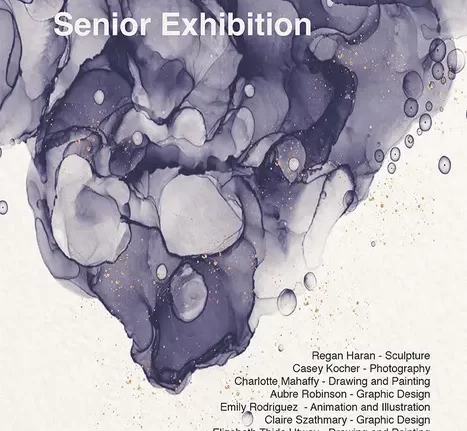By documenting the melting of ice to explore memory, death and the transience of time, multi-disciplinary visual artist Dawn Ng has hit a thematic lodestone.
Dawn Ng is dressed in her customary white garb, which today comprises a pristine tank top and cotton pants smudged with the faint remnants of her art making. The pastel stains are evidence of an earlier chaos that no one looking at her superbly neat studio could have surmised.
In this spacious room bathed in natural light, everything is in its place. Open shelves display books and rocks that she has collected for research and inspiration. Her colour references are organised on boards and all around are her latest body of work.
Her clothing is her visual break, says Dawn. “It’s a gasp reflex to the ceaseless consumption and consideration of colours in and out of this studio.”
For the past six years, the artist who burst onto the Singapore art scene with her 2010 guerrilla installations of outsized rabbits Walter has been exploring the themes of time, transience, memory and death by freezing colour pigments in ice – the most ephemeral material she could find in tropical Singapore – and documenting its disintegration and post-melt residue.
The project involves countless hours of research and experimentation with freezing processes, colour compositions, material reactions and interactions. (She uses inks, acrylics, dyes and watercolours.) The results, from photos of jewel-toned blocks of ice to rug-sized canvases of colour swirls, are as stunning as they are contemplative. They make up her Into Air body of work that includes photographs, lightboxes, videos and residue paintings.
The calm that her art evokes hides the tumult in their production, much like how Dawn’s ethereal appearance covers the “tsunami” of feeling inside her.
She says that although in photographs, the blocks of pigment appear still and serene, like gemstones or rock formations, while the paintings look like topographies and maps, the process of making them involves urgency and violence.
“It’s a hot mess,” she says. “Ice is a material that will not sit still for a portrait. It does not wait. It’s crying all the time. It’s dying all at once.”
She relates this contradiction to her own character. “I think that there’s this tension that is somehow inherent in who I am, that symbiosis of opposing elements, constantly in dialogue or negotiation with each other.”
There will be more works to come as she pursues variations of the transience theme. Two years ago, Into Air took the form of a choral performance, where singers sang according to the length of their breath to the disintegration of a block of ice.
“I am going to stick to this theme for a long time,” she asserts.
In the decade and a half that Dawn has been practising art, her work has crossed different mediums, from the Walter rabbit pop ups around Singapore, to the performative, interactional nature of 11 – where the audience helps make the art – to commissioned sculptures and installations. She has exhibited internationally and her pieces have appeared in and been acquired by museums.
“My works move across a large range of mediums and modalities, but I think it’s always about memory and time and the things that we try and hold on to,” she says. She points to the constant changes to the architecture of Singapore, which has under undergone such refurbishment and gentrification that it no longer anchors the Singaporean identity.
She says, “In Singapore, we constantly erase ourselves to build over again. Today, Black and Whites and shophouses are being conserved, but if you were to go back to the time when I was growing up, there was no care for it. Our skyline was all about the brand new. We were set to be this vision of world class. And in doing so, many things felt like they were just not good enough. There was no true appreciation or valuing of the things that made us…us.”
Her identification of the theme is also personal. She has always been acutely aware that time moves in only direction, a truth that feels both ‘“cruel and sad” to her.
“Whether you’re rich, beautiful, powerful or otherwise, everyone experiences the loss of youth and the loss of time. I’ve always felt it sharply and been bothered by it.”
These days, she has more reason than ever to observe the passage of time. Her daughter Ava is seven years old and like all toddlers, she is growing quickly.
For someone who relishes control and who recently discovered the “reckless thrill” of surrendering to serendipitous outcomes of pigment alchemy, how does she feel about motherhood? “You can plan even less with a child. I think motherhood is also a lesson ultimately about letting go and realising you can guide that person up to a certain point but he or she has his or her own character, personality and ideas. It’s not supposed to be a reflection entirely of you.”
Dawn is 42, but believes the age of her soul is a decade younger. “My body is not able to do the things that it used to do, the recovery from drinking or a hot long night at the studio takes its toll, but I think my curiosity, eagerness and love for life are still at the peak of when I turned 30.”
“My body is not able to do the things that it used to do, the recovery from drinking or a hot long night at the studio takes its toll, but I think my curiosity, eagerness and love for life are still at the peak of when I turned 30.” – Dawn Ng
True enough, she is eager to see the generative AI feature on my new smartphone. I point out that it produces topographical images similar to those of her art. All I have to do is insert a few key words. “It’s so beautiful!” she says of the image produced in two seconds with the words “Surreal”, “salt lake” in the shades of “pink”, and riffles through the Google Earth reference sheets she had downloaded to show me a comparable photo of the real deal.
Does she feel threatened by AI? Dawn refers to Kelly Wearstler’s podcast, where the eminent interior designer spoke about how AI helped her generate ideas and can make work better if we know how to collaborate with it in the right way.
Says Dawn, “If you think of AI as a tool, it’s very exciting.
“AI can give you the final veneer, the perfect conjured image, but it’s narratives that have soul. The thing about stories and the soulfulness of an artwork is that it is truly like a fingerprint. It’s unique to the person who made it. We can get to the same place – perhaps AI in a split second – but the beauty is in the journey.
“I don’t think the journey is pointless just because a robot and I end up at the same destination. Perhaps something about that journey translates to the person who ultimately looks at the work.”
This year, Dawn’s art will be exhibited in solo booths in contemporary art fairs Frieze New York and Frieze London. At the end of the year, she has a commission for Asia Pacific Triennial of Contemporary Art organised by Queensland Gallery of Modern Art.
“Dawn is on an upward trajectory,” notes one art consultant. The artist’s gauge of her own success is more nebulous. “I’ve been a driven person all my life. I always tell myself I can try harder, I can push further, I can reach deeper and I can understand more, but all this sits outside my idea of success, or desire to be successful,” she says. “To me, success boils down to a simple ability to sustain my practice and to dedicate my life to put something out there in this world that is moving, powerful and honest.”
Art Direction: AUDREY CHAN
Photography: JOEL LOW
Hair: ANN LIN/ATHENS SALON
Make-up: ANGEL GWEE

